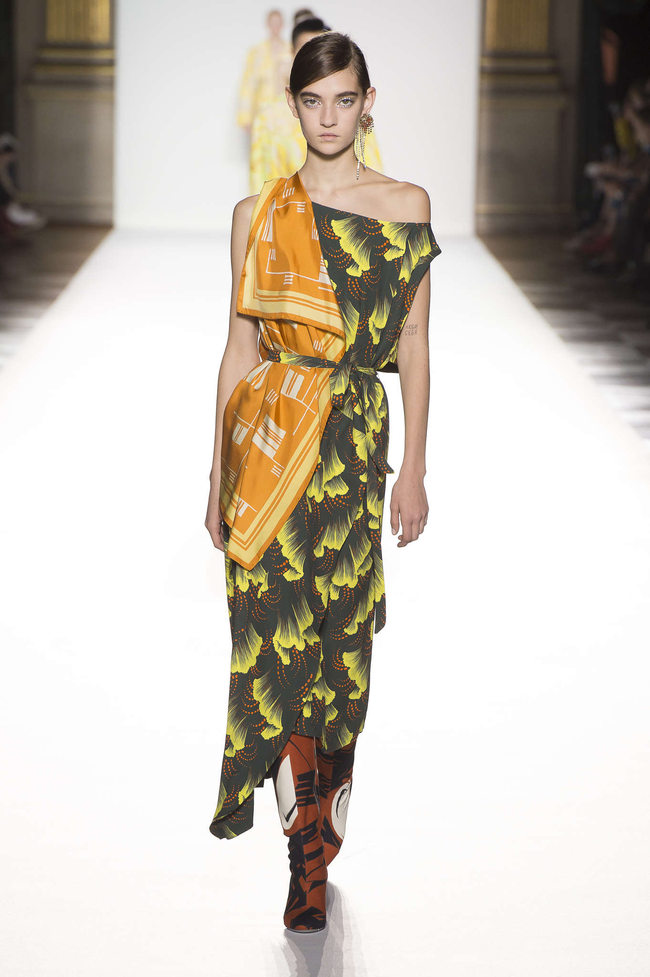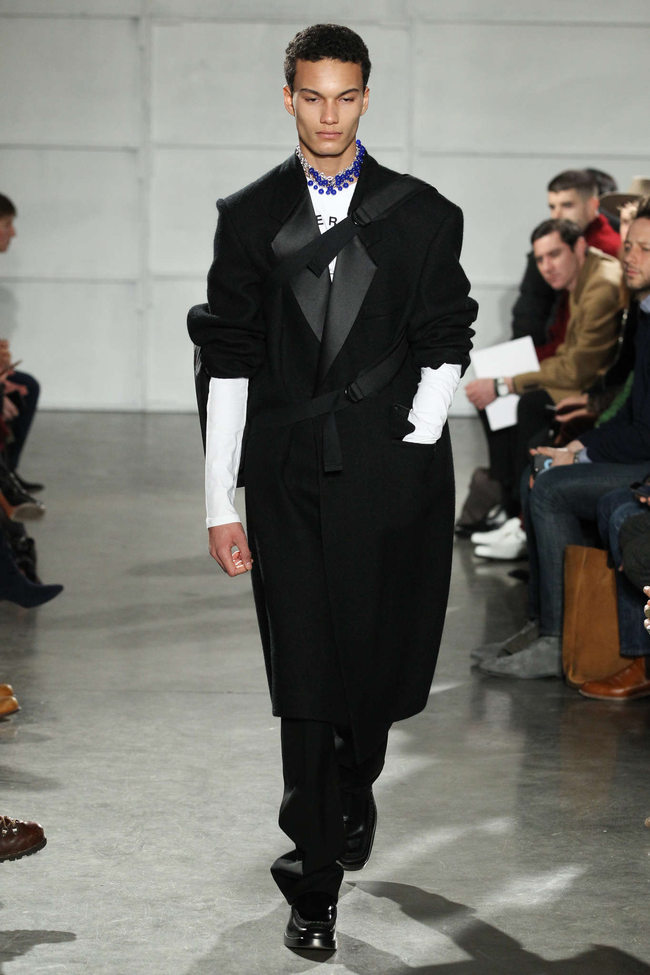
Belgium has become a real fashion hub in recent years and a success model against powerful brands from Paris and New York, which has prompted the Belgian Government to continue supporting the local talent with the aim of creating a well-established international sector.
The country has become a case study in schools for having established ‘Made in Belgium’ as a high-quality standard in just 35 years, with Brussels and Antwerp rivalling to become the nation’s fashion capital as both benefit from a convenient location in the heart of Europe and a vast pool of talent.
“While Antwerp has always been recognised by the international fashion industry, Brussels is just emerging as a contender. The country has understood that the fashion industry improves its image, boosts tourism and bolsters its economy,” says Philippe Pourhashemi, a fashion consultant based in Brussels.
Belgium’s fashion tradition started with the Antwerp Six (Dirk Bikkembergs, Ann Demeulemeester, Walter van Beirendonck, Dries Van Noten, Dirk Van Saene and Marina Lee)s when they presented their collections to the international press in London.
Shortly after, Martin Margiela transformed the concept of luxury and shifted the industry away from the glamour of the 80s, introduced by Christophe Lacroix and Donna Karan, in favour of minimalism.
For Pourhashemi, who works as a coach for emerging talent, Belgian designers are “alternative” and want do things differently – a feature that comes from having fewer resources than the great French and Italian fashion houses.
This has forced Belgian designers to be creative, “radicals” and to resort to theatricality on the catwalk, such as Walter van Beirendonck and Olivier Theyskens.
“They are very protective of their creative freedom, but at the same time they know they need to sell, and the government has understood it is important to support them and have incubators that provide the tools they need to succeed,” says Pourhashemi.
Belgium’s La Cambre in Brussels and the Royal School of Fine Arts in Antwerp are some of the world’s best fashion schools in the world, and are publicly-funded. They are known for encouraging students to create original work, instead of reinterpretations, as well as their high level of artistic standards, with only a small number of students graduating each year.

In addition to the Antwerp Six and Martin Margiela, famous alumni include Anthony Vaccarello, who is currently creative director at Yves Saint Laurent; Raf Simons, who left Dior to head the creative direction at Calvin Klein; Olivier Theyskens, who is now focused on his eponymous brand after a stint at Rochas; Nina Ricci and Glenn Martens – the latest designer to emerge from the Belgian scene with his Y/Project.
The international success is joined by the nation’s support to its national talent, with Belgian brands available in multiple retailers and the ‘Ik koop Belgisch’ movement (‘I buy Belgian’) promoting the purchase of locally-made design.
“One of the reasons I came here was to immerse myself in fashion culture. People look at the shows in New York and Paris, and don’t realise that there are many exciting things happening in Europe,” says Tatiana de la Fuente, head of communications at IED Barcelona, which participated in the European Fashion Summit in Brussels and the Fashion Talks in Antwerp last week.
Belgian fashion schools are so successful that a growing number of international students are moving to Belgium for their studies. Afterwards, they relocate to Paris to work in the most prestigious ateliers, or decide to stay and join the ‘Made in Belgium’ movement like Crimea-born Lena Lumelski.
In addition to the fashion schools, regional support platforms such as MAD, Flanders DC and Wallonie-Bruxelles Design Mode act as think tanks while showcasing Belgian talent at several international trade fairs. They also grant scholarships and organise some of the most popular conferences in the sector.
